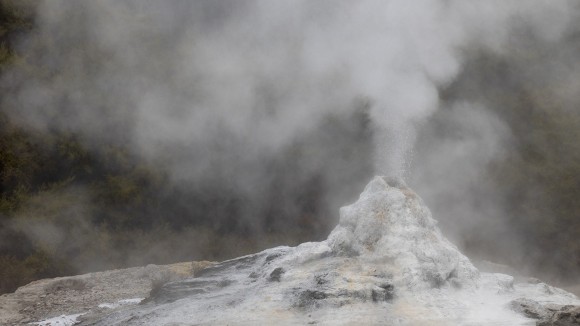Communications Earth & Environment is edited by both in-house professional editors and academic Editorial Board Members.
Nature Communications is edited by in-house professional editors.
Nature Geoscience is edited by in-house professional editors.
Scientific Reports is managed by in-house professional editors and edited by a team of external academic editors.
Our editors work closely together to ensure the quality of our published papers and consistency in author experience.

